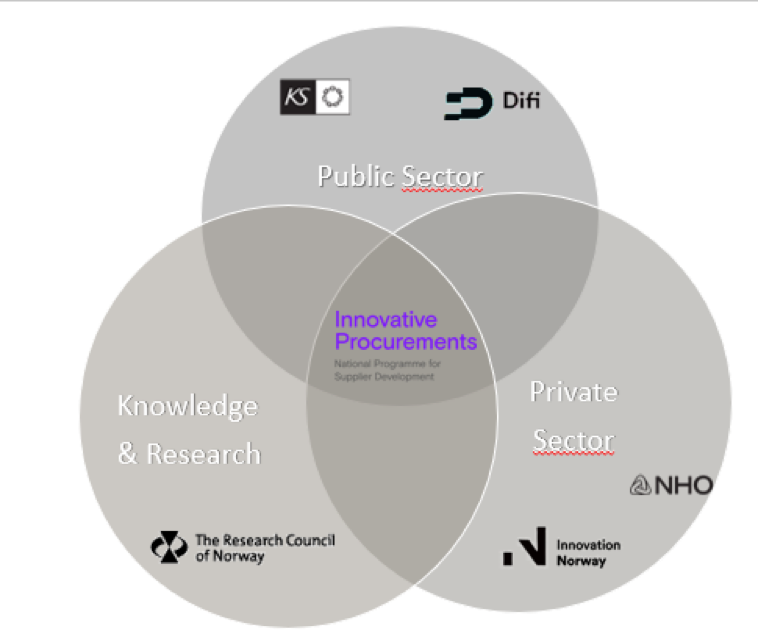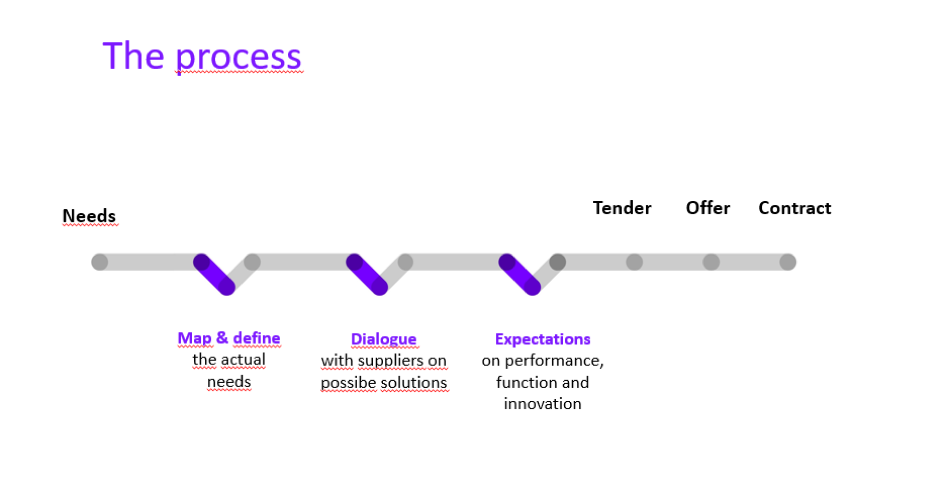How Can We Achieve Our Smart City Goals?
Lately, the public sector has collaborated with the market to launch smart city solutions. How do we achieve our smart city goals?
This article was written by Hanne Lystad.
Norway’s smart cities include everything from drones to surveillance train-lines, learning apps for kids and the world’s first autonomous cars.
But the next step in facing the huge smart city challenges such as meeting climate change targets is for the public sector to cooperate with procurement.
Lately, the public sector has collaborated with the market to launch smart city solutions, which is great. But how do we achieve our smart city goals?
A key way for the public sector to achieve its goals is by using the market forces via public procurement. In this piece I will point to some front-running Norwegian examples.
I work as lead digital for the National Suppliers Development programme in Norway. The programme has collaborated with public institutions in procuring smart city solutions since 2010.
The programme is a joint collaboration by five partners with unique strengths, networks and focus areas – representing both the public and private sector and the research field.
 Programme structure
Programme structure
In Norway, public authorities spend approximately 58 billion euros on procurement each year, which amounts to 14 per cent of the Norwegian GDP and 37 per cent of our government national budget. Public procurement accounts for a significant portion of the overall demand for goods and services and is increasingly seen as an attractive instrument for developing society and nation.
Therefore, a simple public procurement policy – such as opening up for innovation – can make a profound impact on a nation or industry.
How does the process work ?
 Innovative procurement process
Innovative procurement process
The “normal” procurement process goes as follow: you think you need something , you put out a tender, you get an offer and you write a contract. But guess what? When you do it the way you’ve always done it, you are likely to get the same product or service you have had before – not innovations.
You might not get what you actually need, and perhaps the suppliers have developed new and better solutions since the last time you asked for the same product.
Because of this, we discourage requesting pre-defined solutions from the market and rather suggest putting more energy into mapping out and defining needs and creating a dialogue.
Creating an enabling environment where procurement and their suppliers can discuss different options and solutions results in relevant innovations and actual uptake.
The programme I work with has been involved in about 200 solutions targeted for smarter cities. Being open about the public needs has resulted in some amazing solutions such as :
- The world’s first autonomous vehicles fixing the landing strip at airports
- Drones surveying train lines to prevent accidents
- Learning app for children who are not able to attent school
- European cooperation on autonomous buses through PCP procurement.
… and many more examples within welfare, tech, digitalisation and sustainability. Take a look at this film if you’d like more examples.
From pilots to scale
It goes without saying that these new smart city solutions are a great thing, but we have to stop obtaining them one by one, pilot by pilot. At start of our programme, we supported processes where a single public agency was involved. We gained valuable insights and know-how, but saw that the majority of products and services developed ended up as prototypes and pilots.
Today, however, we are focusing on gathering public agencies with a common agenda from the beginning, so that they together will meet relevant suppliers and developers with a shared need.
One example of this is emmission-free construction sites, which initially had one frontrunning public agency supporting the cause. We realised it would make more impact if we gathered a significant number of public builders from all levels: state, regional and local municipalities. In addition we got environmental NGOs on board, research clusters, and public agencies with an interest in meeting a common goal – in this case meeting climate change targets.
After agreeing on a common goal, or “challenge” to the market, relevant suppliers and developers from the entire supply chain were invited. The purpose of this market dialogue was to
1) Talk about the forthcoming requirement to market actors.
2) Get feedback from them on the barriers to such a development and the factors that would make such a development process attractive for them to join.
The key to creating an enabling environment is ensuring the demand and supply side can actually figure out obstacles and possibilities.
This approach has several advantages for all parties:
- Firstly, major challenges – such as meeting climate change targets – can be tackled by gathering a significant portion of the demand side and agreeing on a single approach.
- Secondly, when the market sees a more clear opportunity for serial production, this triggers their contributions and efforts – both through sheer market volume, but also through a predictability in terms of knowing what they need to prepare for.
- Thirdly, we also see that it is easier to get funding for these broader initiatives than when we support public agencies one-by-one.
The public agencies have also committed through a joint declaration that they will be requiring emission-free technology in their construction sites.
So after reading this, I hope you are left with the following:
If you are from the public sector, tackling smart city challenges in collaboration with similar public agencies is the way to go!
If you’re from the private sector, collaboration is a huge market opportunity.
This article was written by Hanne Lystad. Hanne works as Lead Digital Innovation in the Norwegian national suppliers development programme, which means counselling public and private sectors in how to achieve innovation through procurement within the digital field.